|
Everyone in natural products is enamored by social media marketing. According to the Natural Products Marketing Benchmark Guide 2011, Facebook is the 2nd most used marketing tactic, almost even with websites, and Twitter is #7. Natural marketers use social media for a bunch of reasons – to increase their brand awareness, to improve customer loyalty and drive web traffic, and for research (yup, the #1 type of market research conducted in the past 24 months by natural products companies). But one of the things that came out from the report was the paucity of Facebook followers for each of the respondent’s Facebook pages. On average there were only 1,898 people who “like” their pages. (This is not all natural products companies, just from those companies that participated in the survey.) So why so few followers? Maybe it’s because these companies have Facebook pages like everyone else’s. There is no branding on these pages – just the standard wall. Don’t get me wrong – as a marketing consultant I love Facebook walls. They are the heart of any Facebook company page. But as far as visual branding goes – they only perpetuate the Facebook brand. I went to some natural companies that have special branded pages and that are using their Facebook more and more like another website. Tom’s of Maine Over 260,000 people “like” Tom’s Facebook. When you go to their Facebook page, it’s all Tom’s. The beauty of this page is that it emphasizes natural beauty and, more importantly, Tom’s brand in relation to that message. It ties in the Sheryl Crow tour and implies that people who “like” Tom’s will have access to the tour and free tickets, if they so choose. You can also buy their toothpaste. Click on the link and you go to an online store. So what’s the takeaway from this? Tom’s does not assume you understand their brand or who they support or that you know their messaging. They are still marketing to you. So if people take the trouble to find you on Facebook, give them a big and bold reason to join in your conversation. Stonyfield Farm Not boasting the same numbers as Tom’s, Stonyfield Farm has over 84,000 people who “like” them. And do they have a branded front page? Why of course. Let’s break this page down for interaction. First there is a video embedded at the top and it’s about the organic movement. Not about yogurt. It features a short video of someone on the street who tells us how he got involved with the organic movement. Underneath is a button that allows you to share your story. To do so you go to the www.yourorganicmoment.com site. Scroll down and guess what. You get rewarded with coupons, free yogurt and groceries – provided that you share your story. Now for a quick question: Name me some companies that support the organic movement. Or, name me some companies whose brand is associated with organic. I think you get the idea. Do you think that Stonyfield would have gotten that across as quickly if their main page was their wall? So the takeaway here is you can use your Facebook main page to build a community while getting across your key brand attributes. Silk Silk has over 79,000 people who like their Facebook page. Unlike Stonyfield which does not overtly promote its products, Silk is all about Silk (and not milk). But what it’s really about is making Silk as accessible to the average person. You get a chance to see a series of videos that seem to be made by true users of Silk – kind of like a mash between a video testimonial and ad. The takeaway is that you can use your Facebook entry page for whatever singular purpose you want. In this case it’s about getting people to feel OK about drinking Silk instead of milk. Facebook Home Pages There are not that many natural products companies that have unique Facebook home pages – so the opportunity to stand out early is still here. There are those companies that are doing well without these pages, but they are a minority. Burt’s Bees has a whopping 427,000+ people who “like” them, so you can still build up your Facebook followers without a unique home page. For most of you out there who are trying to establish your brand, why wouldn’t you have a unique page that can reinforce your brand. It costs you the design of that page and nothing more and it’s pretty simple to do. 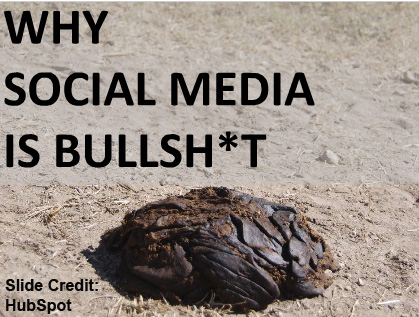 About a week ago I witnessed the perfect webinar. It was HubSpot’s “Why Social Media is BS,” presented by Mike Volpe, the company’s VP of Marketing. For a few days I thought about why it was so successful, and couldn’t come up with anything other than I liked this and I liked that. That's when I decided to deconstruct it, so that I and other marketing consultants could apply what worked to future webinars. 1. The Title. It’s cheeky and somewhat controversial, especially when you consider that HubSpot is a big proponent of the appropriate use of social media within a marketing program. The title created an emotional as well as intellectual reaction (you should read some of the comments that came out prior to the webinar). And thousands of people signed up for it. 2. The Shameless Plug. At the beginning Mike introduces HubSpot and gives a very brief introduction to the company and its core belief. You need this to establish credibility, context and intention. In some webinars there’s too much company introduction and in others hardly any. This was about 2 minutes worth. 3. The Slides. They were a nice mix of humorous and serious, minimal text juxtaposed with clever images. This allowed the viewer to focus on something interesting (but not be distracted by the imagery) while Mike talked. In some instances it was just text, when a point or a list of tips was mentioned. There were a lot of slides (66 in total), so he kept up a nice pace – not too fast and definitely not too slow. (Below are the slides from SlideShare) Marketing Webinar: Why Social Media Is BS View more presentations from HubSpot Internet Marketing. 4. Passion. There was no question Mike was passionate about his subject. He was not over the top, but his words and energy created a sense of urgency and knowledge. Too often in a webinar I lose track or get distracted because the voice of the presenter becomes drone-like. 5. Rhythm. A webinar is a performance piece. You’re trying to keep people’s rapt attention for an hour. You’re also making an argument or presenting a case, and if you loose their attention mid-way, they may not see the conclusion the same way you do. Mike set up a rhythm of introducing a strategy and then offering practical how-tos for each section. Each section was bite size, maybe 5-10 minutes in length – enough to make a logical argument for the strategy and then while its still fresh in your mind, a list of how-tos so you can actually implement those strategies if you choose to. 6. Weaving in Your Solution. Too often a webinar will present an “objective” concept for the first half and then the product solution in the second half. Mike had a point to make, which was that social media is just a piece of the marketing puzzle and should be fully integrated into a comprehensive inbound marketing program. It just so happens that HubSpot offers a great inbound marketing software platform. What Mike did was make a compelling case for a real business/marketing solution, showing the viewer why social media has to be integrated and why it works well with inbound marketing. So how do you implement that? Well, you have many options, and one option is with HubSpot. So whenever it was appropriate he showed how HubSpot could help. It was very natural, and it did not detract in any way from the objective value of the webinar. This is really hard to do, but Mike showed us all how it can be done. 7. The Final Offer. During the Q&A session, there was a slide for a free website assessment and a 30-day free trial offer. Everyone does this, and everyone should. If you have an hour and want to learn about inbound marketing and why just posting on Facebook or Twitter without an integrated approach is really not that valuable, I recommend you see this webinar. Hopefully, you’ll enjoy it as much as I did.  Am I the only person who can’t stand it when I get a Facebook post from someone, and they sent it from their Tweetdeck? When that happens my first reaction is to think of all of the ways I hate social media marketing. The fact of the matter is that Facebook language is different from Twitter speak. When I read my Facebook, I don’t translate twitter speak very well. It’s jarring. It feels like the difference between a soothing cup coffee and a one that’s super caffeinated. It’s like the difference between French from France and French from Canada. I’m not making a value judgment – it’s just that they are different enough to jar my brain momentarily. I know it makes the life of marketers easier to send the same post throughout their social broadcast network, but let me ask you this. If you went to a party, would you scream at the top of your lungs, “Hey everyone! I don’t want to have to repeat this to everyone when I meet them, so here’s what I did and who I am!” I think there’s a place for automation in social media. The headline of this blog post gets sent automatically to my Twitter feed when it’s posted. Since I’m cognizant of this, I try to make my headlines read well on Twitter so it resembles a twitter comment. So come on folks. If you want to contribute to the social media dialogue, learn the language of each social media channel, and then speak it. You’ll get a much better response. Sometimes a case study inspires. This happened to me on Tuesday of this week, when Eric Majchrzak, Marketing Director of Freed, Maxick and Battaglia (FMB) presented at the B2B Marketing Summit in Waltham, MA. Eric was speaking on a social media panel about his Buffalo-based CPA firm’s outdoor interactive Facebook billboard. Basically, this billboard projects for all the drivers and pedestrians who pass it by, the most current posting on their Facebook page. But unlike so many other corporate Facebook pages that just talk about themselves, this Facebook page promotes non-profit community events. Genius. The billboard is set up as follows:
It also embraces social media best practices: creates community, encourages dialogue, stimulates interest. By integrating one classic marketing tactic (billboard advertising) with another (social marketing), FMB has more than doubled the impact of both these tactics. A great example of how to integrate social media into the broader marketing context. Furthermore, I'm betting this not only gets them more new clients, but it makes their current ones happy they have FMB as their accountants. Who would have thought that an accounting firm could have thought of this? I just wish I had. Hats off to Eric and the folks at FMB who gave him the green light! 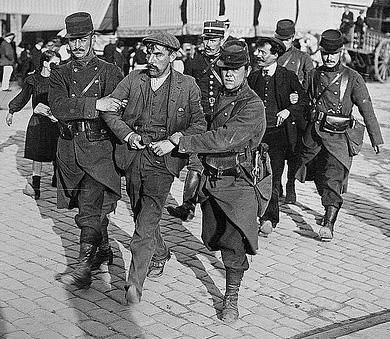 I just joined over 200 business-to-business marketers at MarketingSherpa’s B2B Marketing Summit in Waltham, MA. There was a panel discussion about social media in the B2B landscape. Members of the panel discussed the value of establishing objectives for your social media marketing. For B2B marketers, the typical objectives are often increasing and nurturing leads, having a conversation with loyal followers, increasing traffic to the website etc. One of the speakers, Vanessa DiMauro from Leader Networks, said that she had worked with a group of law enforcement groups on their social media efforts. And she said they had only one social media objective: to solve more crimes. Now I don’t often think of the police as being in the forefront of the marketing revolution, but what got me about this objective was how it represented thinking outside the box. It incorporated all of the good attributes of social media: conversing, listening, sharing, interacting, going viral, community building. It had nothing to do with using social media to actively promote the value of these law enforcement organizations, and yet at the end of the day, the entire social media program absolutely reinforced the value of these organizations. I love the idea of coming up objectives that are not what everyone else is doing. That’s how to break through the clutter. So how do you come up with them? What I learned from this example is to think in terms of your community rather than think in terms of your company. Your products might offer many wonderful solutions, but talking only about your solutions means you’re still talking at your consumers. Think about their problems, and not just those you can solve. Think bigger picture. For example, if you offer a supplement that helps the joints, don’t just talk about the knees, address the whole body. That widens the conversation to those who don’t need your product now. It also makes you more interesting to those who could benefit from your product. In fact, when thinking about your social media objectives, think about what crimes you can solve within your customer community. |
AuthorArchives
June 2011
Categories
All
|
|
Pioneer Communications Group is a marketing firm that specializes in helping small businesses that want to engage with their customers and prospects effectively, and profitably. We are expert in marketing strategy, communications, market research, marketing automation, and content creation. © 2016-Pioneer Communications Group
|
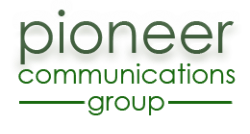
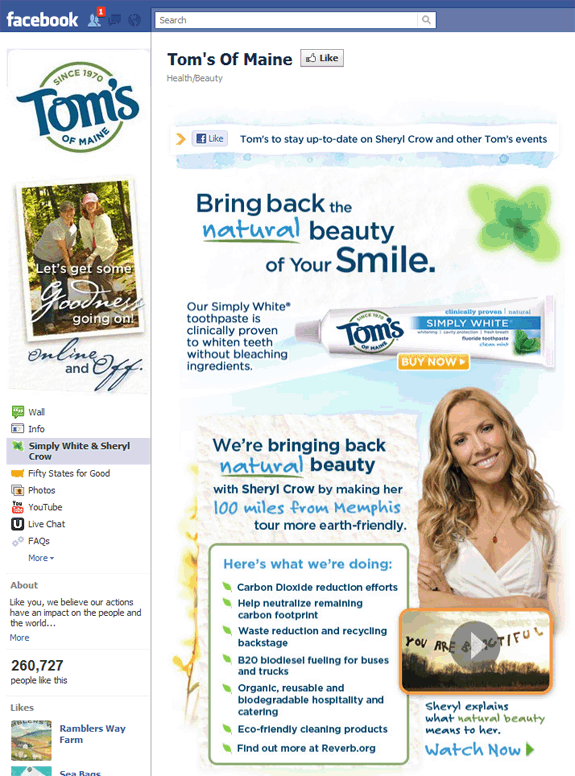
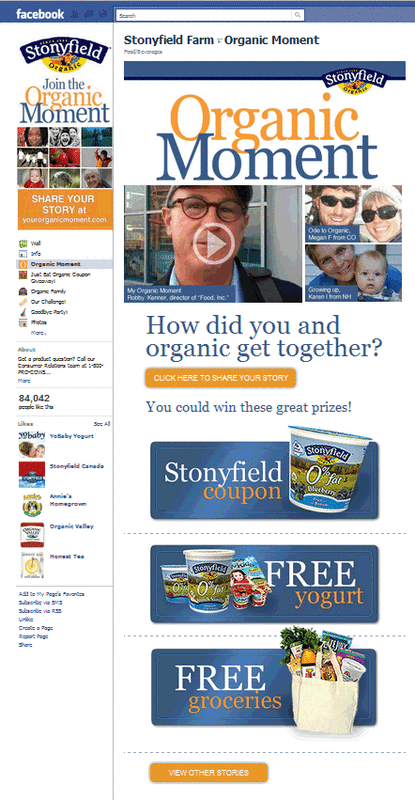
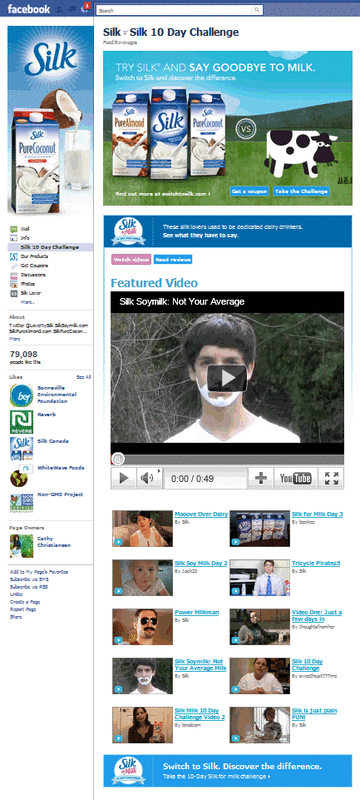
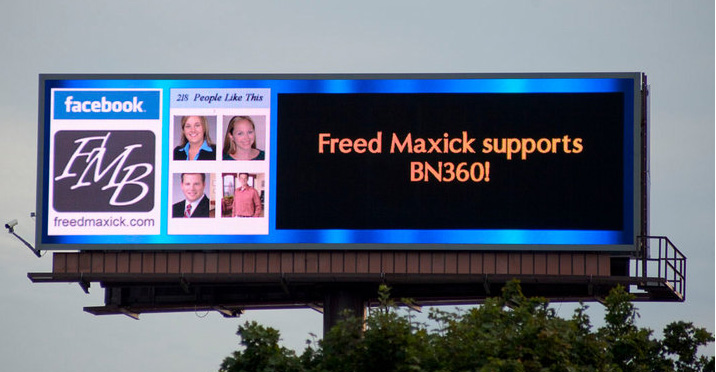
 RSS Feed
RSS Feed